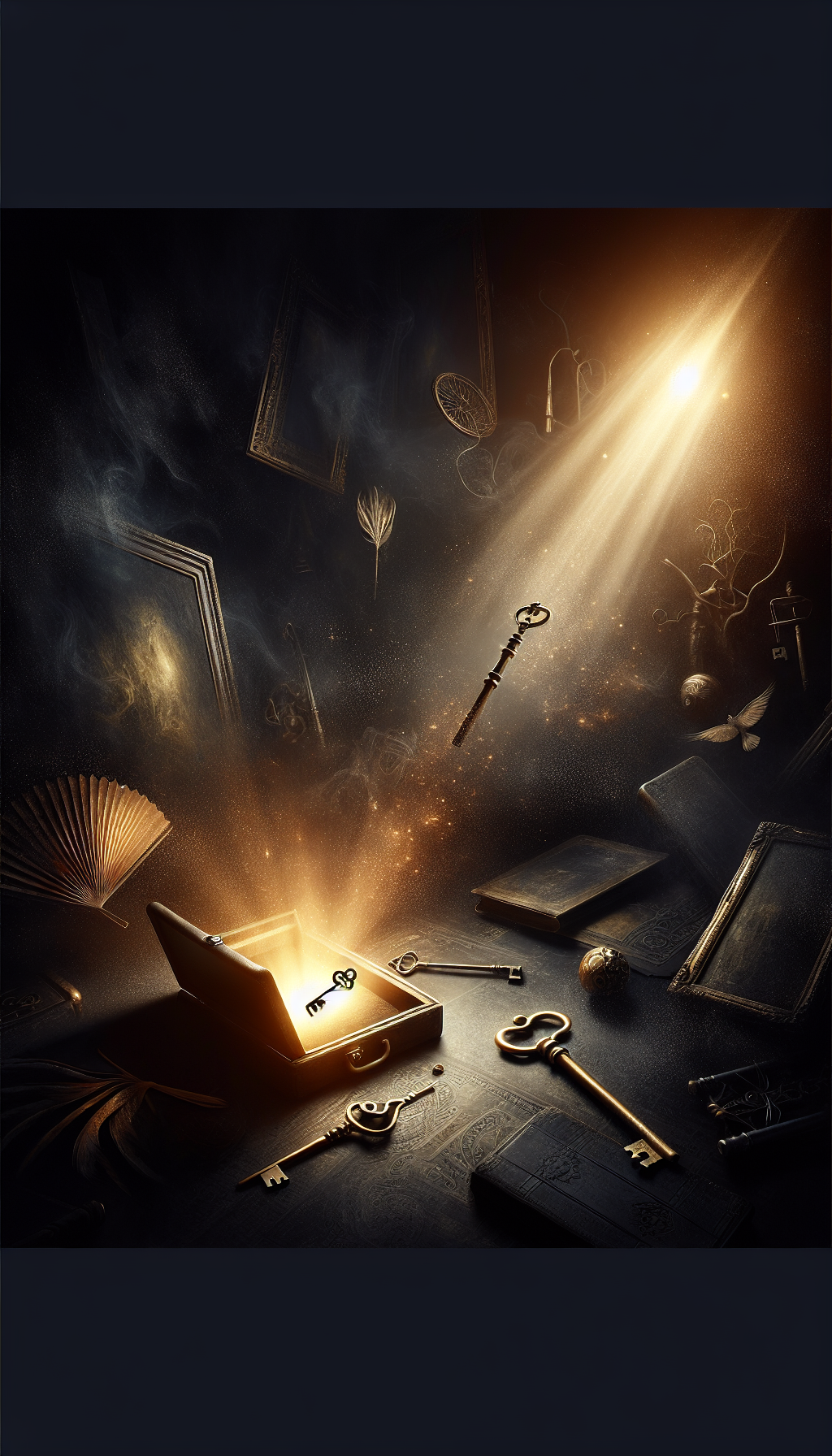Erte Limited Edition Bronze Signed And Numbered
Erté’s limited edition bronzes are among the most recognizable late 20th-century tributes to Art Deco aesthetics. For appraisers and collectors, understanding how these sculptures were produced, signed, numbered, and distributed is essential to authenticating a piece, evaluating its condition, and establishing a credible value range. This guide walks through the signatures and publisher marks you should expect to see, common pitfalls (including resin copies and altered patinas), and the condition factors that drive prices for a signed and numbered Erté bronze.
Who Was Erté and What Are His Limited-Edition Bronzes?
Erté (Romain de Tirtoff, 1892–1990) was a designer and illustrator synonymous with the elegant geometry and theatrical glamour of Art Deco. Though his early fame came from fashion, stage, and graphic design, his sculptural works—realized primarily in the 1980s—translate his signature silhouettes and drapery into three-dimensional form.
Key points about the bronze editions:
- Timing and production: Most limited-edition bronzes were produced late in Erté’s life and shortly thereafter, using the lost-wax (cire perdue) method. Editions were authorized and distributed through publishers and galleries, notably Sevenarts Ltd. and Chalk & Vermilion Fine Arts, with sales through gallery networks (including Circle Fine Art and others) during the 1980s and early 1990s.
- Materials: Cast bronze with applied patinas, enamels, lacquer, and occasional decorative stones. Many are mounted to black or dark marble bases with a title plaque.
- Sizes and suites: Typical heights range from roughly 18 to 30 inches; some monumental versions and public-scale works exist. Themed suites—such as Four Seasons, Alphabet, and Seven Deadly Sins—were popular and may add value when assembled as complete sets.
Understanding that Erté’s bronzes were conceived within a well-documented publishing framework is your first anchor for authentication and valuation.
Signatures, Numbers, and Publisher Marks: How to Read Them
A genuine Erté limited edition bronze will present a consistent set of inscriptions and stamps. Expect the following, while allowing for variations by edition:
- Artist signature: An incised script “Erté” within the bronze, typically at the base, side, or rear. This is not just a painted signature; it’s part of the casting or engraved into the metal before patination.
- Edition number: A fractional number (e.g., 123/375) incised or punched into the bronze or sometimes into the top edge of the marble base. The numerator is the individual cast; the denominator is the declared edition size.
- Publisher and copyright: Common inscriptions include © Sevenarts Ltd. and © Chalk & Vermilion Fine Arts, Inc., often accompanied by the year (1980s dates are typical). These are either cast-in or inscribed on the bronze surface or underside.
- Foundry information: Many examples carry foundry marks or stamps. These vary by foundry and period and may be on the underside, the rear of the sculpture, or the bronze base. Not every foundry inscribed its full name; a discrete logo or initials may be present.
- Title plaque: A metal plaque on the marble base with the sculpture’s title is common, though plaques can be replaced. Cross-check the plaque title against publisher literature for consistency with known works.
Notes on numbering:
- Edition sizes: Many Erté bronze editions fall roughly between 250 and 500. In addition to the numbered edition, expect artist’s proofs (A/P), épreuves d’artiste (E/A), and a small number of hors commerce (H/C) not intended for retail sale. These special subsets are usually 5–15% of the regular edition.
- Lower numbers do not guarantee earlier casts: Numbering was not always chronological. Do not infer age or casting quality solely from a low number.
- Matching marks: Ideally, the incised signature, edition number, and publisher stamps form a coherent set. A missing or inconsistent element should prompt closer scrutiny.
Paperwork:
- Certificates of authenticity (COAs) were commonly issued by the publisher or gallery. These should identify the work’s title, edition size, individual number, and publisher. Invoices, gallery labels, and correspondence add weight to provenance.
Authenticity Red Flags and How to Confirm a Genuine Cast
Because Erté’s imagery is iconic and the market strong, fakes and unauthorized reproductions exist. Key red flags and checks include:
- Resin masquerading as bronze: Some unauthorized copies are resin with bronze powder or paint. Bronze feels cool to the touch, has a heavy mass for its size, and shows crisp detailing at edges and undercuts. Resin tends to be lighter and may reveal mold seam lines or soft detail. Weight alone is not conclusive, but weight-to-volume mismatch is a strong clue.
- Missing publisher marks: Genuine editions typically carry both an Erté signature and publisher/copyright inscriptions. If the sculpture lacks any publisher marks or the inscriptions appear crudely engraved after casting, investigate further.
- Implausible edition numbers: Numbers outside the stated edition (e.g., 512/375), mismatched fonts, or inconsistent placement are suspect. Cross-reference known edition sizes for the title in question.
- Paint-only signatures: A signature applied in paint on the patina without a corresponding incised signature is atypical for these bronzes and may indicate later embellishment or a non-genuine piece.
- Incorrect bases and plaques: A swapped base is not uncommon due to damage, but newer marble, mismatched plaque styles, or misspelled titles can hint at assembly from parts or a replica. Compare known original bases for the model.
- Overly glossy or fresh patina: While many Erté bronzes were sealed with lacquer, a uniformly new-looking surface on an older piece might suggest recent repainting. Look for patina continuity in recessed areas and natural micro-wear at high points.
Confirmations:
- Consistency check: Verify the ensemble of marks—signature, number, publisher, foundry mark, and approximate date—against known references for the specific title.
- Provenance: Sales receipts from recognized galleries, COAs from Sevenarts Ltd. or Chalk & Vermilion Fine Arts, and prior auction listings under the same edition number all add credibility.
- Comparative anatomy: Study known-authentic examples of the model. Pay attention to small design features (finger spacing, drapery folds, jewelry elements, base footprint). Casual copies often “soften” these.
Practical checklist
- Identify the model: Title on plaque and visual match to known catalogued works.
- Verify marks: Incised Erté signature, edition fraction, publisher/copyright, and any foundry stamp.
- Cross-check edition size: Confirm that the denominator aligns with the model’s known edition and that the numerator is plausible.
- Assess material: Confirm bronze construction, weight, and sharpness of detail; beware resin.
- Review provenance: Gather COA, invoices, and gallery labels; note prior appraisals or auction results.
- Evaluate condition: Patina continuity, chips to marble base, repairs, repainting, abrasions, and corrosion.
- Photograph thoroughly: Overall views, close-ups of marks, base, and any defects for documentation or remote appraisal.
Condition and Conservation: What Affects Value
Condition materially affects value for Erté bronzes, especially given the importance of patina and decorative finishes.
Common issues:
- Patina wear and lacquer loss: Erté bronzes often have a layered patina sealed with lacquer. Expect high-point rubs and micro-scratches; large areas of loss or uneven sheen suggest cleaning or past restoration.
- Repainted or over-lacquered surfaces: Heavy, glossy overcoats can obscure detail and flatten color transitions. Reversibility and quality of any intervention matter to value.
- Chips and repairs to marble bases: Corner chips are common; cracks or replaced bases reduce value. Ensure a secure pin/rod fit between sculpture and base.
- Structural repairs: Look for brazed joints, filled cracks, or non-original pins. Repairs at ankles, wrists, or thin drapery tips are particularly impactful due to Erté’s slender forms.
- Corrosion: Active verdigris or pitting requires professional attention; mild, stable verdigris in crevices may be acceptable if original.
- Missing applied elements: Some models include small decorative stones or beads; missing elements should be noted and ideally replaced by a qualified conservator with documentation.
Care recommendations:
- Dust with a clean, soft microfiber cloth; avoid abrasive cloths or brushes.
- Do not polish bronze or use metal cleaners; these can strip patina.
- Keep out of direct sunlight and away from heat vents; UV and heat can degrade lacquer.
- Maintain stable indoor humidity; avoid damp locations to prevent corrosion.
- For cleaning beyond light dusting, consult a conservator experienced with patinated bronzes and lacquer finishes.
Values and Demand: Typical Ranges and Drivers
Market values for signed and numbered Erté bronzes vary by model, size, edition, condition, and current demand. While exact figures fluctuate, the following broad guidelines are helpful for appraisal triage:
Typical ranges (single figures, standard sizes):
- Common, mid-size models: Often trade in the low- to mid-four figures, with well-known subjects in good condition typically in the $3,000–$10,000 range at auction.
- Desirable or scarcer models: Sought-after titles, complex compositions, or lower edition sizes can bring mid- to high-four figures, sometimes $10,000–$25,000.
- Monumental or exceptionally rare versions: Large-scale or exceptionally rare casts can achieve substantially higher prices, though these are less frequently encountered and require case-specific research.
Drivers of value:
- Iconicity of the subject: Strong Art Deco silhouettes, theatrical costumes, or works tied to known suites attract broader demand.
- Edition size and subsets: Smaller edition sizes and attractive artist’s proofs may command a premium, though often modest.
- Condition and originality: Original patina and base, minimal restoration, and intact decorative elements preserve value.
- Completeness of documentation: COAs, gallery invoices, prior catalog listings, and clear provenance support higher estimates.
- Market timing: Interest in Art Deco and in Erté specifically cycles; recent comparables are essential for setting estimates.
Selling considerations:
- Compare recent auction results for the exact model and similar condition. Avoid extrapolating from different titles or from retail gallery asking prices without context.
- If selling privately, comprehensive photographs of marks, base, and condition details will speed diligence and bolster confidence.
- For high-value or uncertain cases, seek a specialist appraisal with hands-on inspection.
FAQ
Q: Are artist’s proofs (A/P) more valuable than numbered editions? A: Often slightly, but not always. A/Ps can carry a modest premium due to their relative scarcity, but subject desirability and condition typically outweigh the A/P designation.
Q: Does a lower edition number mean the bronze was cast earlier or is more valuable? A: Not necessarily. Numbering was not strictly chronological. Value is driven more by condition, demand for the model, and complete, consistent markings.
Q: How can I tell if my Erté bronze is resin? A: Resin is lighter, often shows soft detail and mold seam lines, and may sound dull when gently tapped. Bronze is heavier for its size and retains crisp edges. Still, rely on marks, provenance, and expert inspection for confirmation.
Q: Should I polish or wax an Erté bronze? A: No metal polishes. Most Erté bronzes have patina and lacquer; polishing can strip finishes. Light dusting only. If needed, consult a conservator familiar with patinated bronzes for safe treatment.
Q: What documents help the most when selling or appraising? A: Original COA, gallery invoice, prior appraisals, and clear photos of the signature, edition number, publisher marks, and base. These support authenticity and can improve sale outcomes.



